America’s desert regions hide remarkable oases that offer both natural beauty and fascinating human stories—places where water creates life in landscapes that seem impossibly harsh. These aren’t mirages but real destinations where springs, rivers, and human ingenuity have created pockets of green abundance that offer rest and wonder for modern road trip adventurers.
Many of these oases played crucial roles in westward expansion, serving as vital stops for travelers crossing the continent when water meant the difference between life and death. Here’s a list of 15 desert oases that combine natural beauty with compelling history.
Ash Meadows
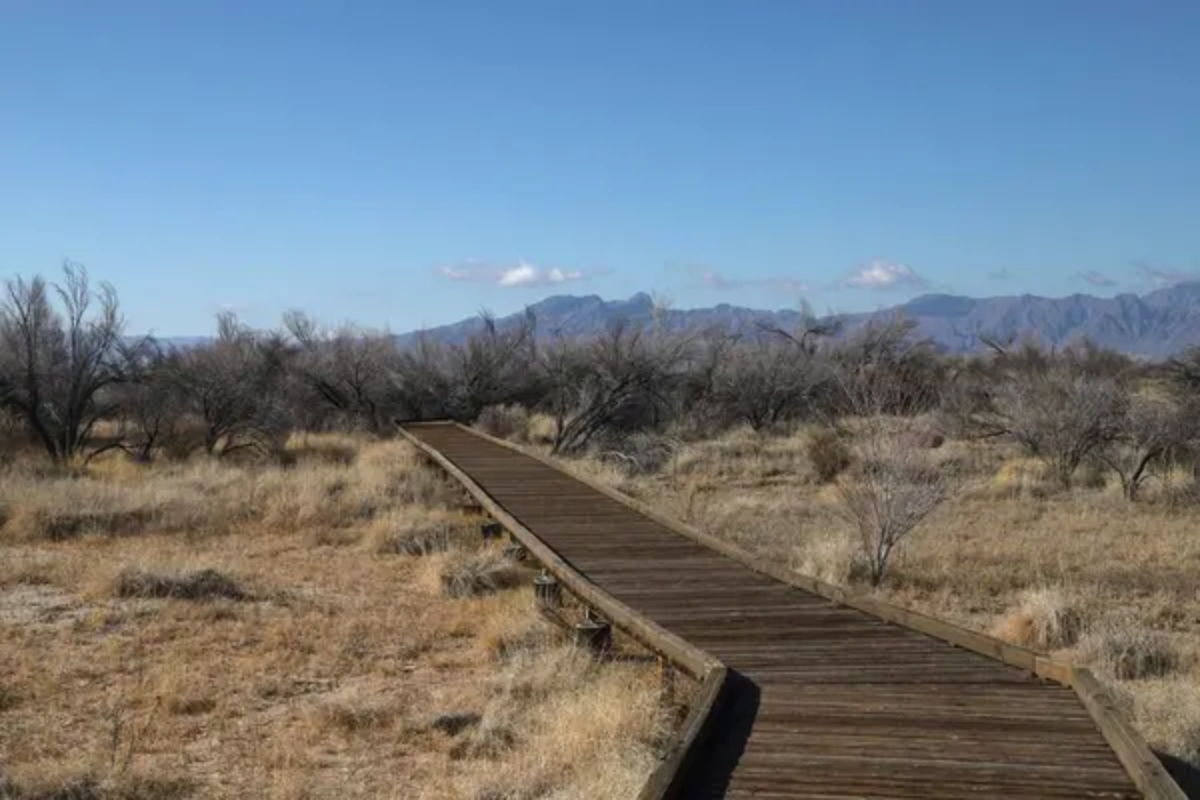
Nevada’s Ash Meadows National Wildlife Refuge protects the largest remaining oasis in the Mojave Desert, where dozens of springs create wetlands that support species found nowhere else on Earth. The crystal-clear pools maintain constant temperatures year-round while providing habitat for the endangered Devil’s Hole pupfish.
Boardwalks allow close observation of this unique ecosystem without disturbing the delicate balance that has evolved over thousands of years.
Thousand Palms Oasis
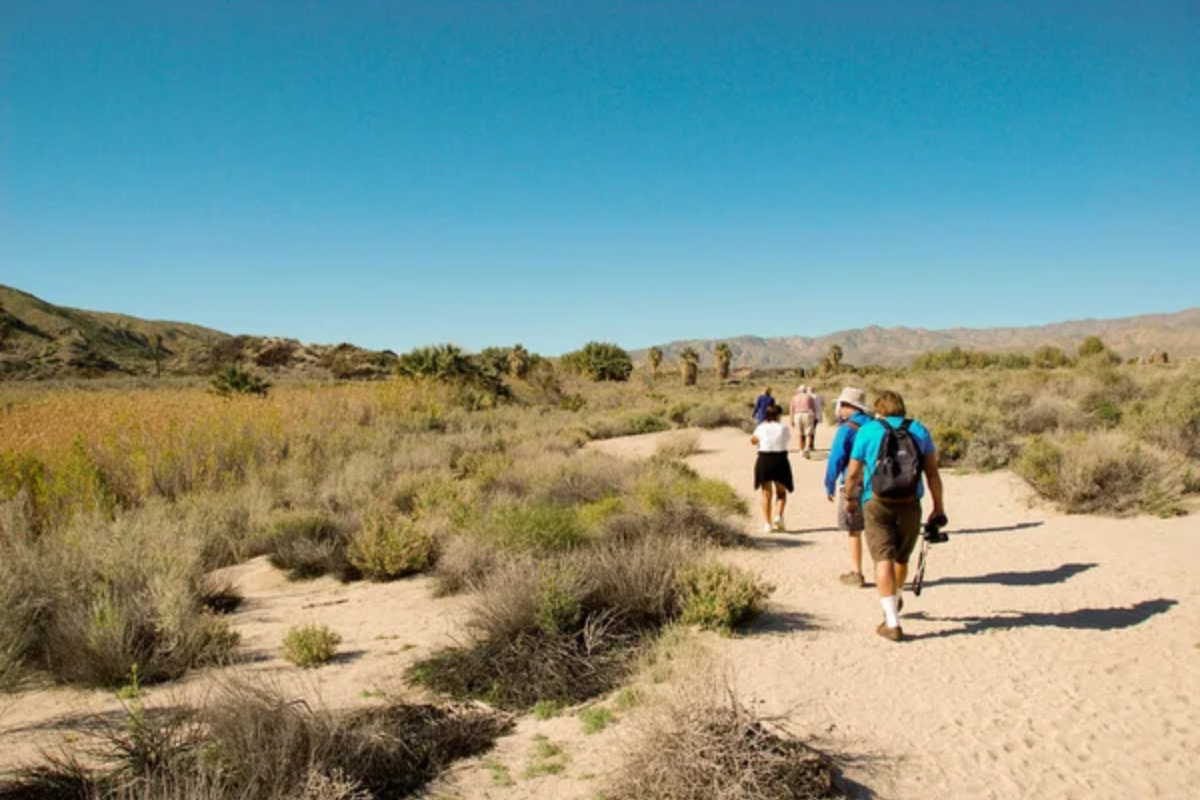
California’s Coachella Valley Preserve contains the largest grove of native fan palms in the Golden State, creating shade and shelter that attracted both wildlife and human travelers for millennia. The palms cluster around natural springs that bubble up from underground sources, creating microclimates that support plants and animals typically found in much wetter regions.
Hiking trails wind through the palm groves while providing access to overlooks that reveal the oasis’s dramatic contrast with the surrounding desert.
Like Travel Pug’s content? Follow us on MSN.
Havasu Falls

Arizona’s Havasupai tribal lands contain waterfalls and swimming areas that seem impossible in the high desert, where turquoise water cascades over red rock formations into pools perfect for swimming. The eight-mile hike to reach the falls eliminates casual visitors while providing an adventure that makes the destination feel earned rather than easily accessed.
The Havasupai people have called this canyon home for over 800 years, maintaining cultural traditions that connect directly to the land’s natural rhythms.
Big Bend Hot Springs
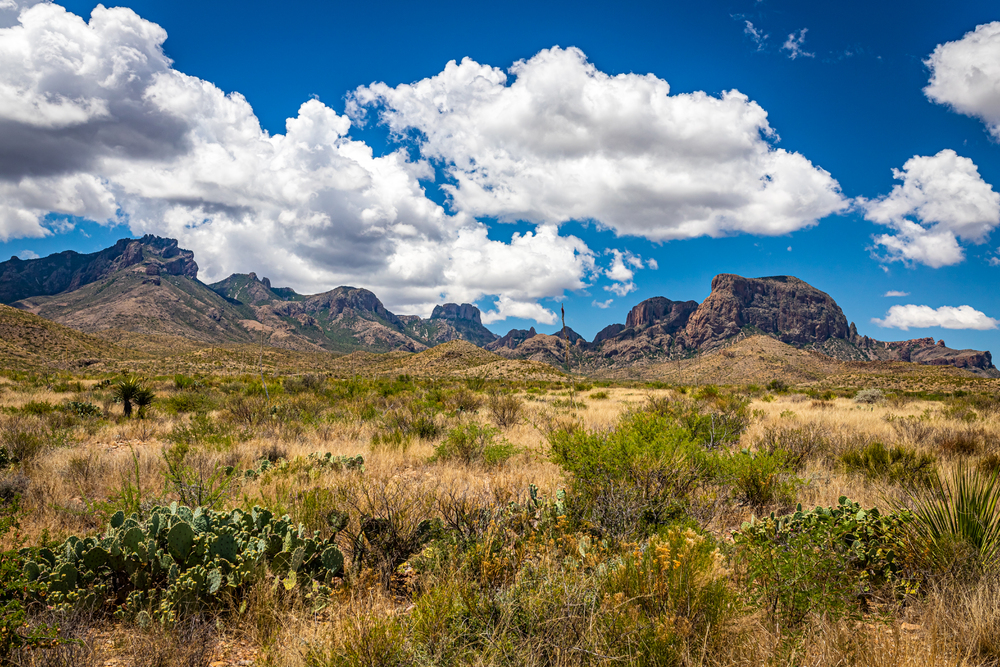
Texas’s Big Bend National Park contains natural hot springs along the Rio Grande, where the desert meets rivers in landscapes that shift from arid mountains to lush riparian corridors. The springs maintain temperatures around 105 degrees year-round, creating natural spas where soaking provides relief from desert heat while offering views across the river into Mexico.
Night skies here rank among the darkest in the United States, with minimal light pollution revealing stars in concentrations that urban dwellers rarely experience.
Organ Pipe Cactus Oasis
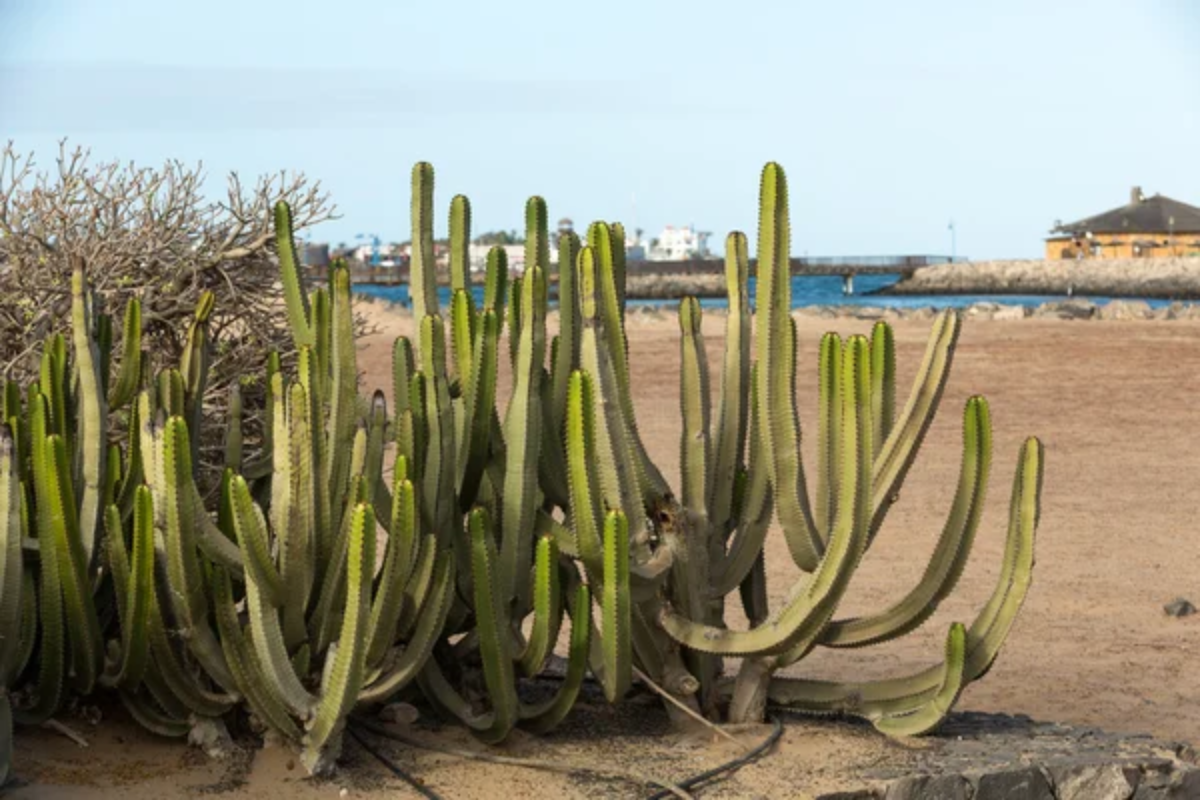
Arizona’s Organ Pipe Cactus National Monument protects Sonoran Desert landscapes where seasonal streams create green corridors that support remarkable biodiversity. The monument’s location along the Mexican border means plant and animal communities that blend US and Mexican desert species.
Spring wildflower displays can be spectacular when winter rains provide adequate moisture, transforming seemingly barren landscapes into carpets of color.
Like Travel Pug’s content? Follow us on MSN.
Death Valley’s Furnace Creek
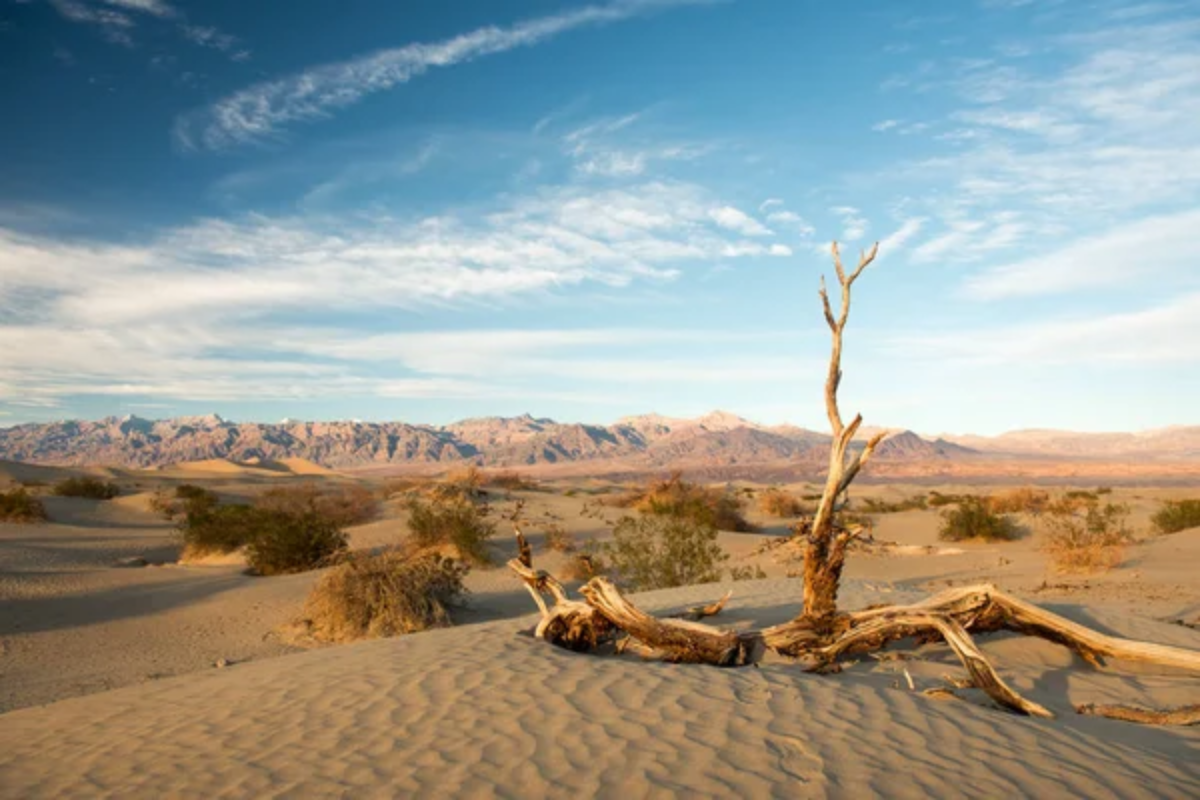
California’s Death Valley contains North America’s lowest point and hottest recorded temperatures, yet Furnace Creek Oasis provides a green refuge where date palms and cottonwoods create shade beside natural springs. The Timbisha Shoshone people lived here for over 1,000 years before European contact, developing sophisticated knowledge of desert survival that modern visitors can barely comprehend.
The oasis now anchors resort facilities that provide comfortable access to one of the continent’s most extreme environments.
Scotty’s Castle Spring
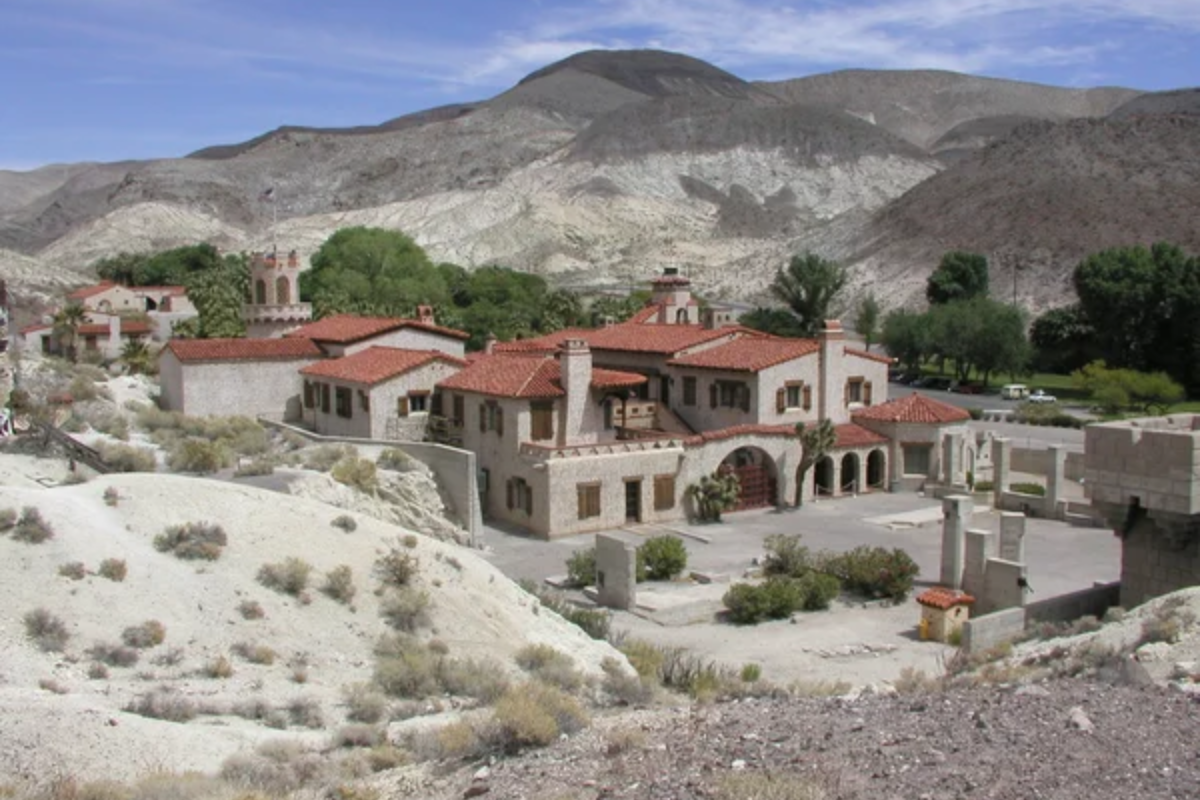
Death Valley’s Grapevine Springs created the water source that enabled the construction of the elaborate ‘castle’ that became one of the desert’s most famous attractions. The springs flow year-round despite the surrounding landscape’s extreme aridity, supporting cottonwoods and wildlife that seem impossible in such harsh conditions.
Though the castle itself was damaged by flooding, the natural springs continue providing the life-giving water that originally attracted both wildlife and human settlement.
Antelope Springs
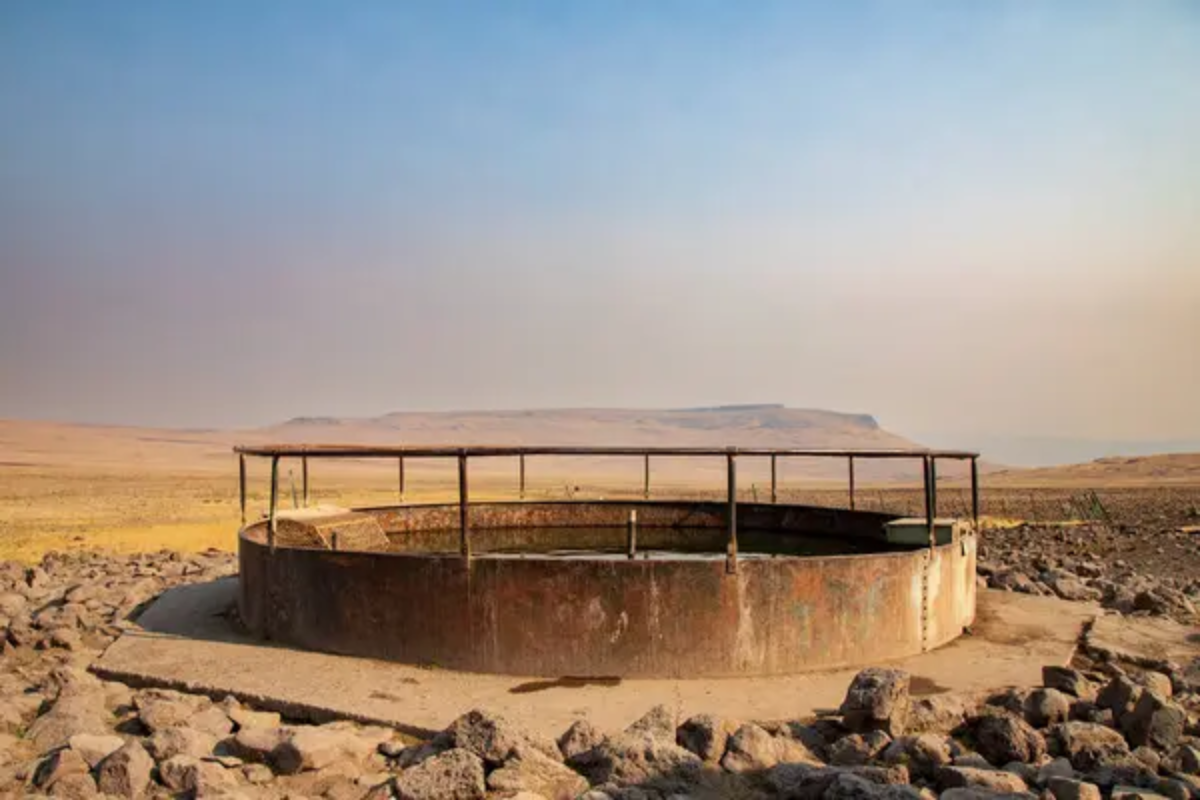
Nevada’s Ruby Valley contains springs that create wetlands in high desert regions where antelope, elk, and diverse bird species congregate in numbers that seem impossible given the surrounding landscape’s apparent barrenness. The springs emerge from underground aquifers that collect water from distant mountain ranges, creating oases that function as wildlife magnets across vast territories.
Ranch families have lived here for generations, developing ranching practices that work with rather than against the desert’s natural rhythms.
Like Travel Pug’s content? Follow us on MSN.
Ash Creek
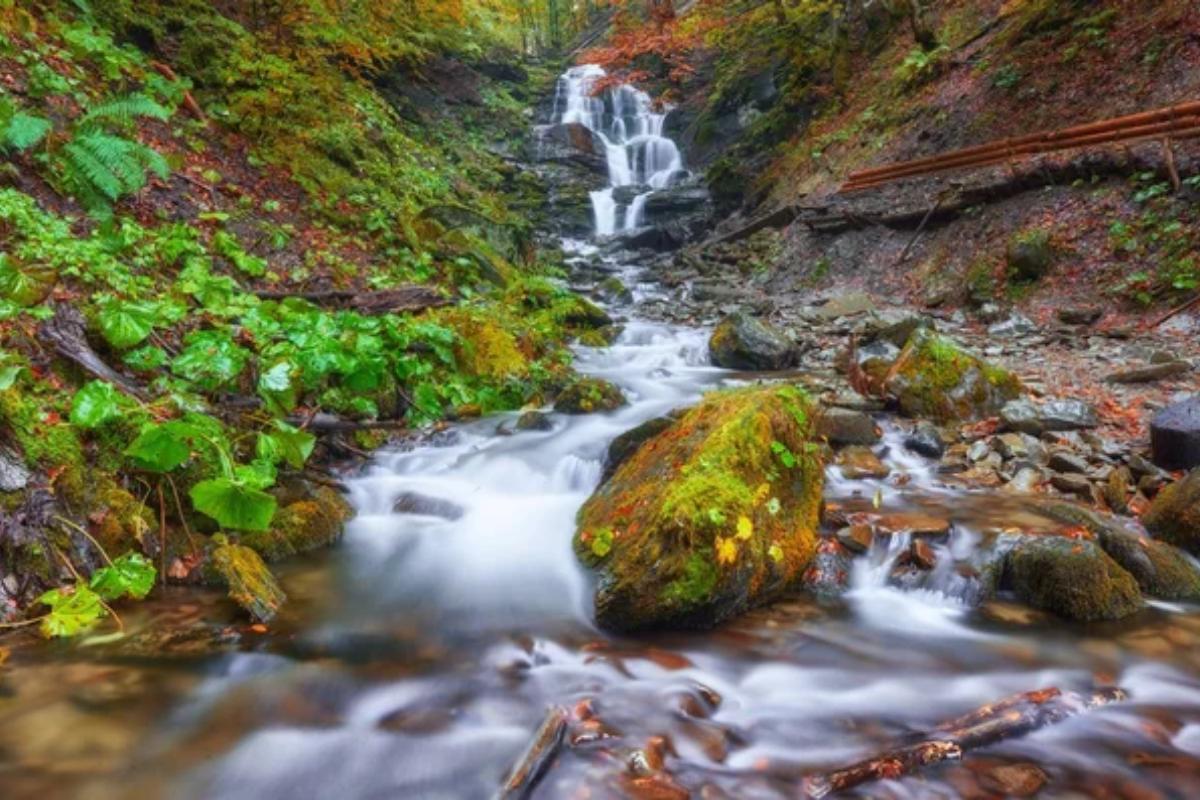
Utah’s Dixie National Forest contains springs that create riparian corridors through red rock country where water carves dramatic canyons while supporting plant communities that contrast sharply with surrounding pinyon and juniper forests. The creek flows year-round despite receiving minimal direct precipitation, fed by springs that emerge from underground sources.
Hiking trails follow the creek through landscapes that change character dramatically within short distances.
Soda Springs

California’s Mojave National Preserve contains natural springs that create wetlands where desert bighorn sheep and other wildlife congregate, especially during summer months when water becomes critically important for survival. The springs emerge from underground sources that maintain consistent flow despite extreme surface conditions.
Archaeological evidence suggests Native American groups used these springs for thousands of years, developing seasonal movement patterns that took advantage of reliable water sources.
Indian Hot Springs
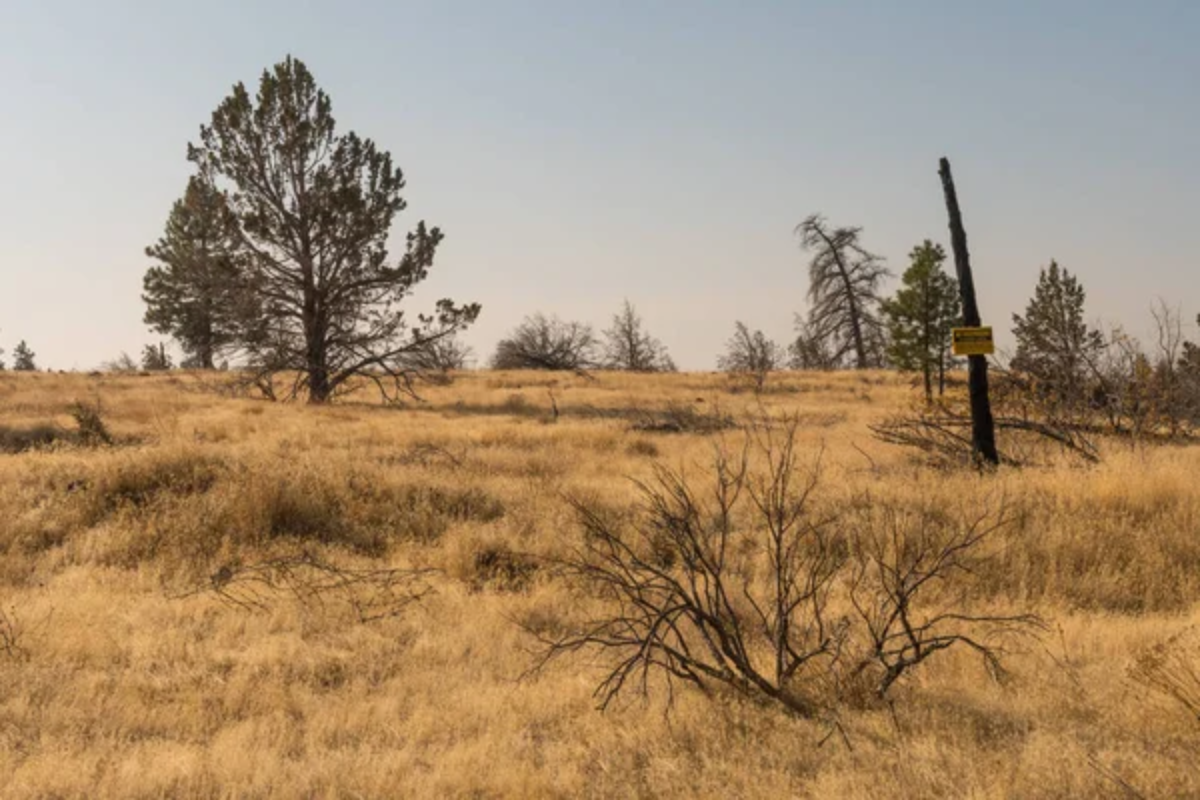
New Mexico’s Truth or Consequences area contains natural hot springs along the Rio Grande, where desert and river ecosystems create unusual habitat diversity. The springs have attracted human use for thousands of years, from Native American groups to modern spa visitors seeking therapeutic benefits from mineral-rich waters.
The town itself changed its name from Hot Springs to Truth or Consequences in 1950, creating one of America’s most unusual place names.
Like Travel Pug’s content? Follow us on MSN.
Bitter Lake
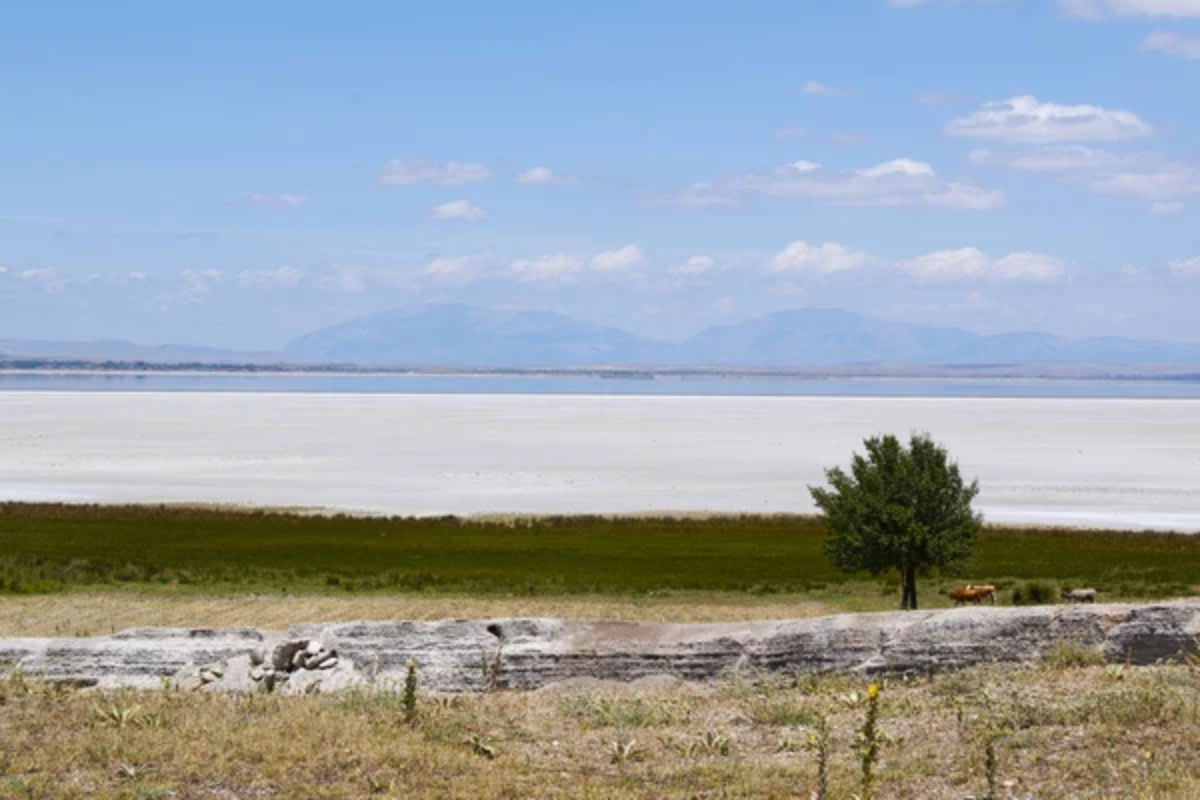
New Mexico’s Bitter Lake National Wildlife Refuge protects alkaline lakes and springs in Chihuahuan Desert country, where migratory birds congregate in numbers that transform the landscape seasonally. The refuge’s location along the Pecos River creates habitat diversity that supports over 350 bird species throughout the year.
Underground water sources maintain the lakes despite surface evaporation rates that would eliminate most desert water bodies.
Oasis of Mara
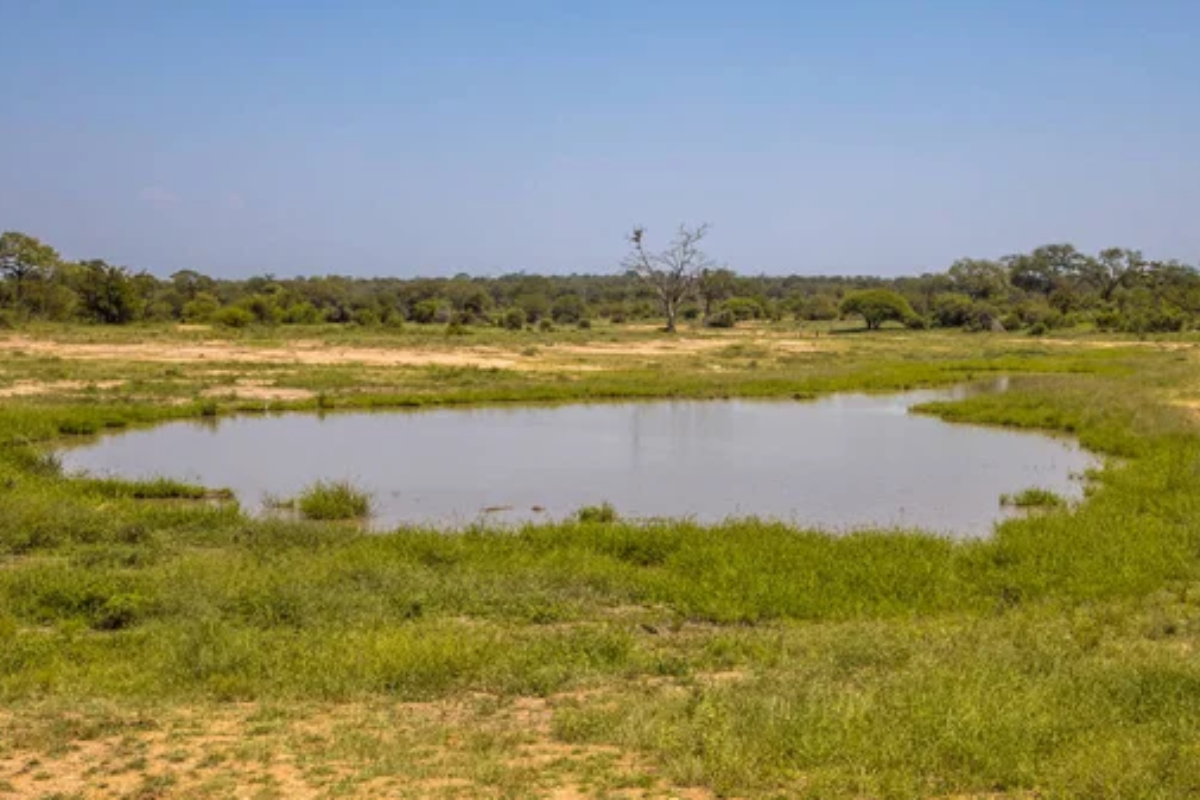
California’s Joshua Tree National Park contains the natural springs that supported the Chemehuevi and Serrano peoples for over 5,000 years before European contact. The oasis provided both water and the materials needed for basket making, with native fan palms supplying fibers that became essential elements of desert survival.
Modern visitors can walk trails that interpret both natural and cultural history while providing access to spring-fed pools that remain active despite surrounding desert conditions.
Blue Point Spring
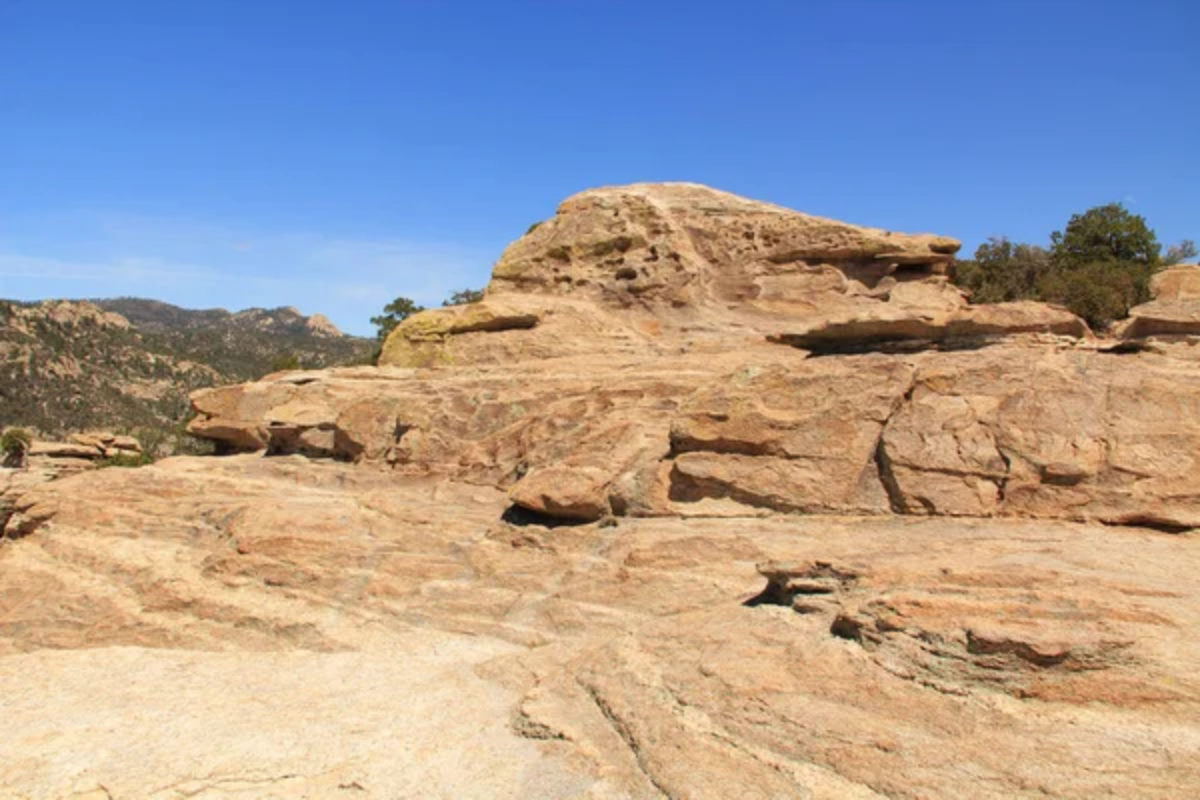
Nevada’s Lake Mead National Recreation Area contains springs that create wetlands where desert and water meet in landscapes shaped by both natural forces and human engineering. The springs predate Lake Mead’s creation, providing wildlife habitat that has become increasingly important as Colorado River water levels decline.
Native fish species that evolved in desert springs now depend on these refuges for survival as their historic habitats face unprecedented challenges.
Like Travel Pug’s content? Follow us on MSN.
Montezuma Well
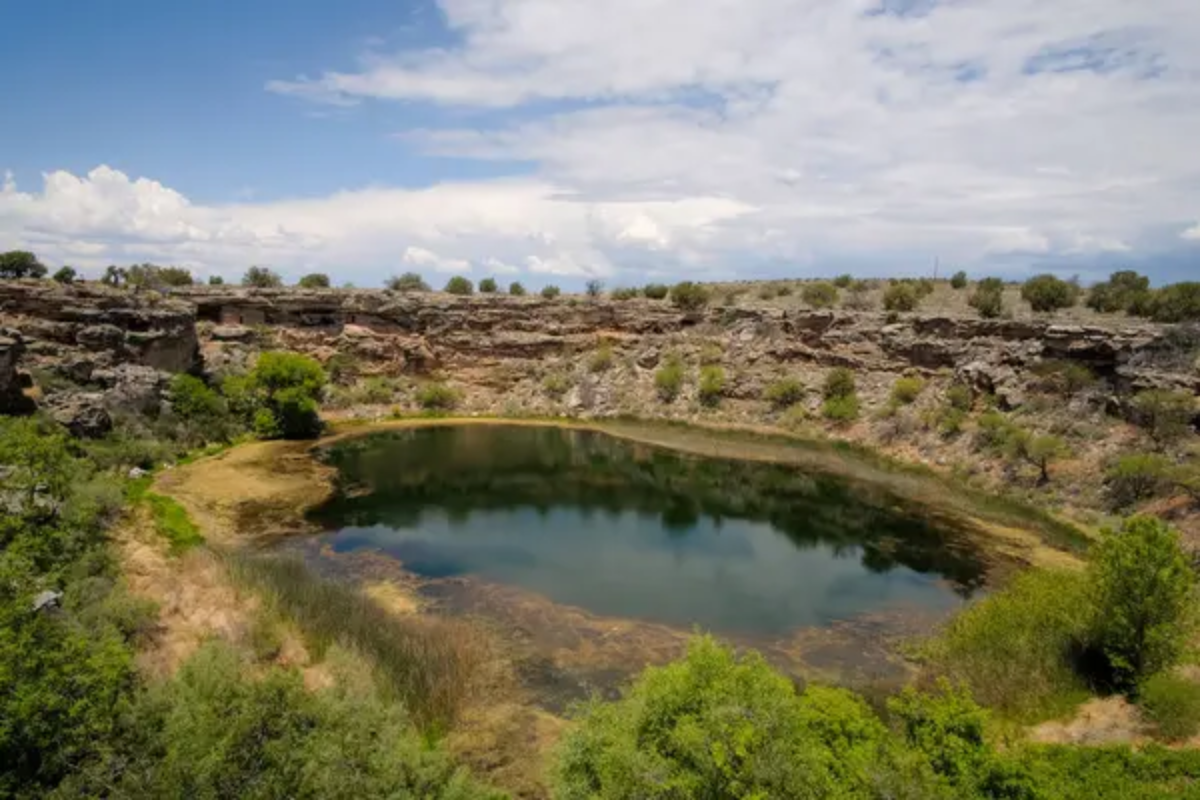
Arizona’s Montezuma Castle National Monument protects a natural limestone pool that creates a desert oasis where ancient peoples built cliff dwellings that took advantage of reliable water sources. The well maintains constant water levels fed by underground springs that produce over one million gallons daily.
Archaeological evidence suggests continuous human use for over 1,000 years, with sophisticated irrigation systems that distributed spring water to agricultural fields in the surrounding desert.
Desert Springs Eternal

These desert oases demonstrate nature’s remarkable ability to create abundance in seemingly impossible places—they’re proof that water finds a way even in America’s most arid landscapes. Each site tells stories of adaptation and survival that span thousands of years, from the wildlife and plants that depend on reliable water sources to the human cultures that learned to thrive in desert conditions.
Modern visitors can experience these same life-giving waters while gaining an appreciation for the delicate balance that maintains green islands in brown seas of desert terrain.
More from Travel Pug

- 20 Best Beach Towns in the Carolinas
- 13 Destinations Where Tourists Regularly Regret Their Trip
- 20 Destinations That Are More Magical Without an Itinerary
- 20 Underrated Adventures That Belong on Your Travel List
- 20 Cities Where You Should Just Wing It, No Planning Required
Like Travel Pug’s content? Follow us on MSN.
